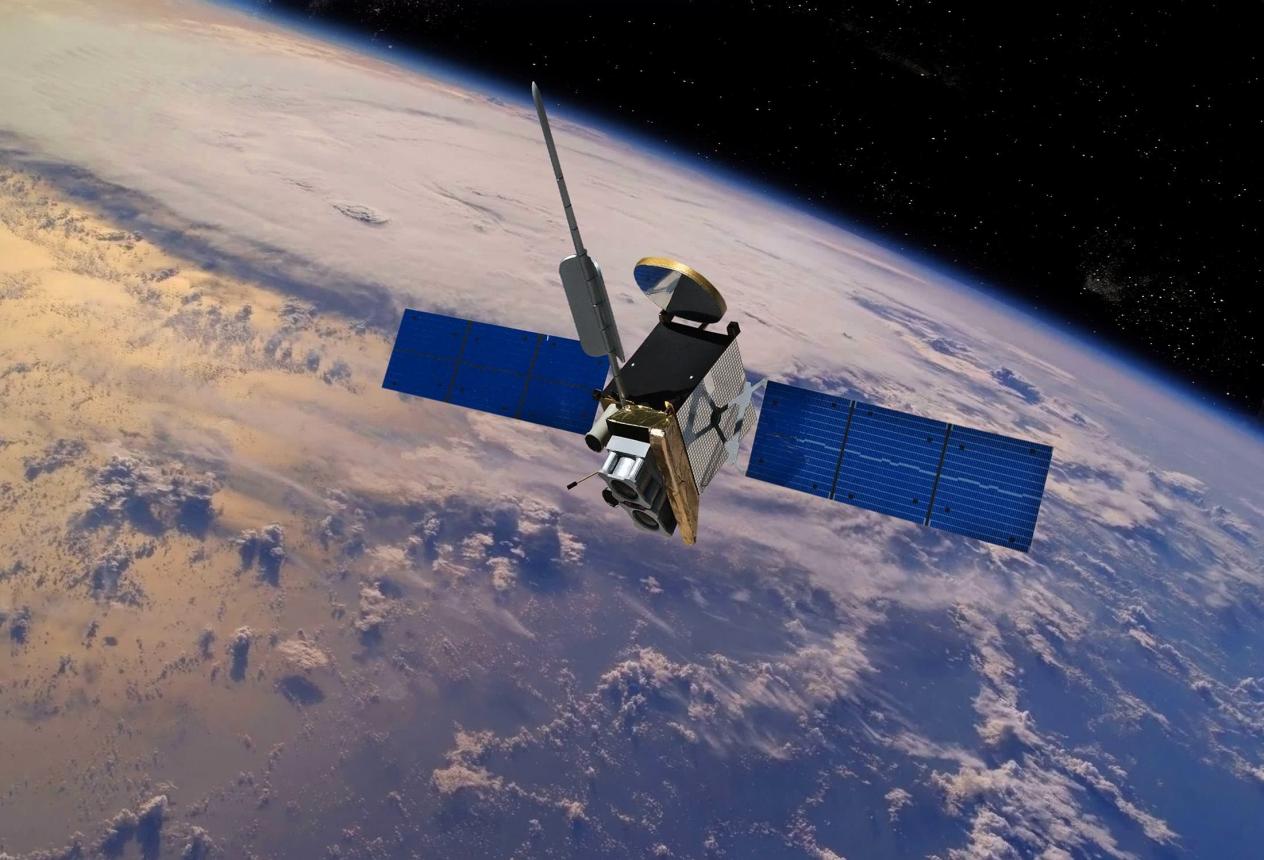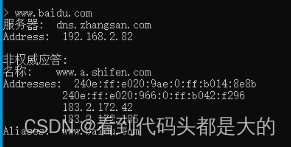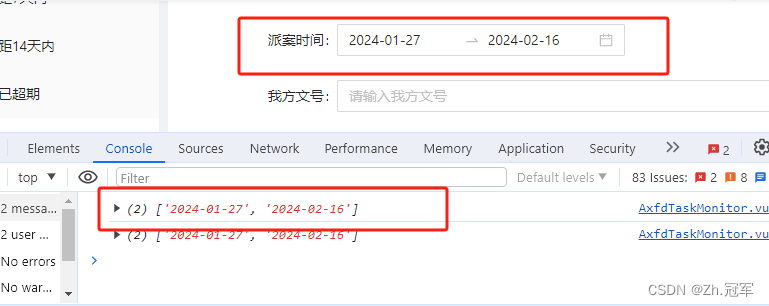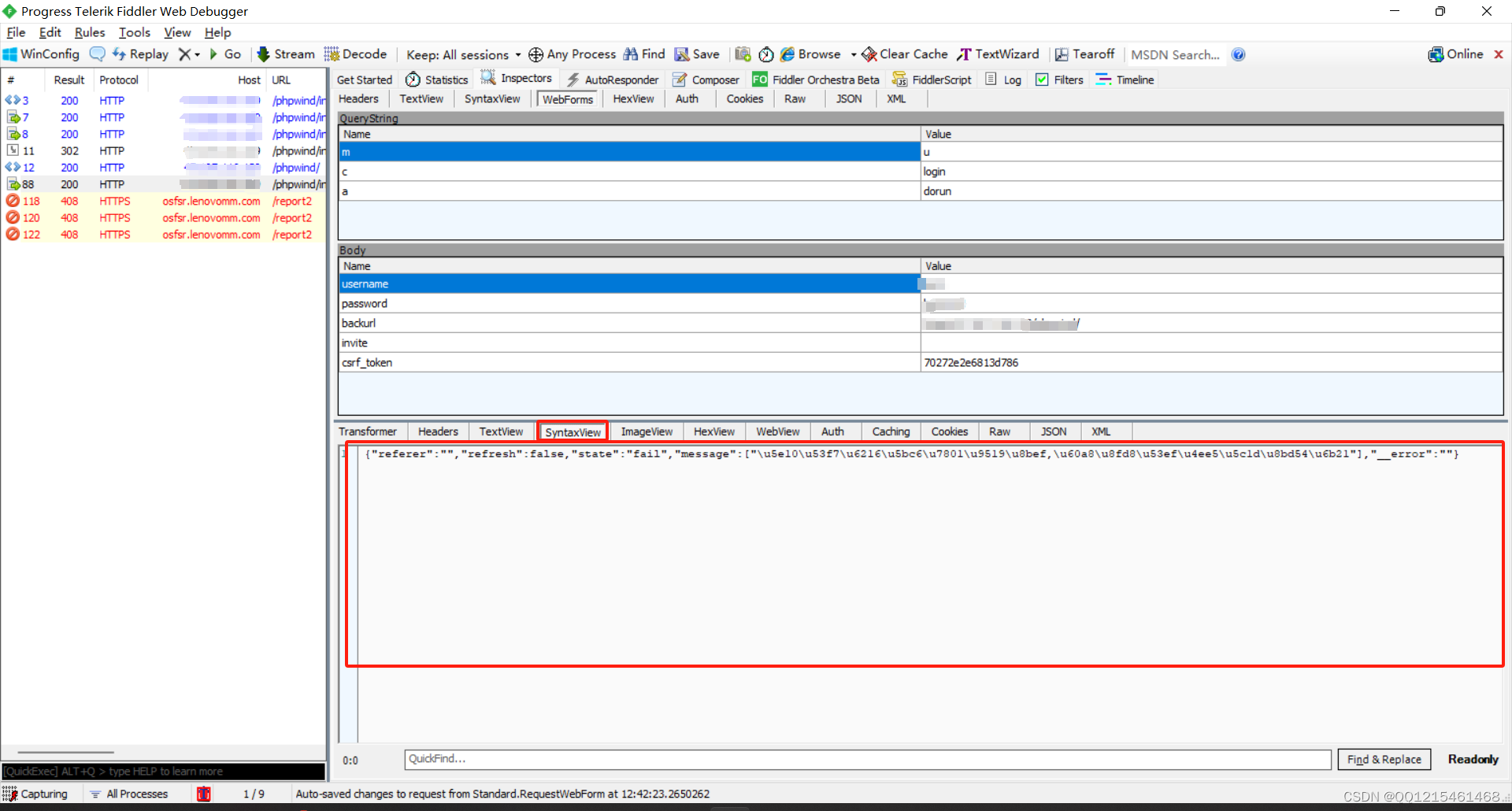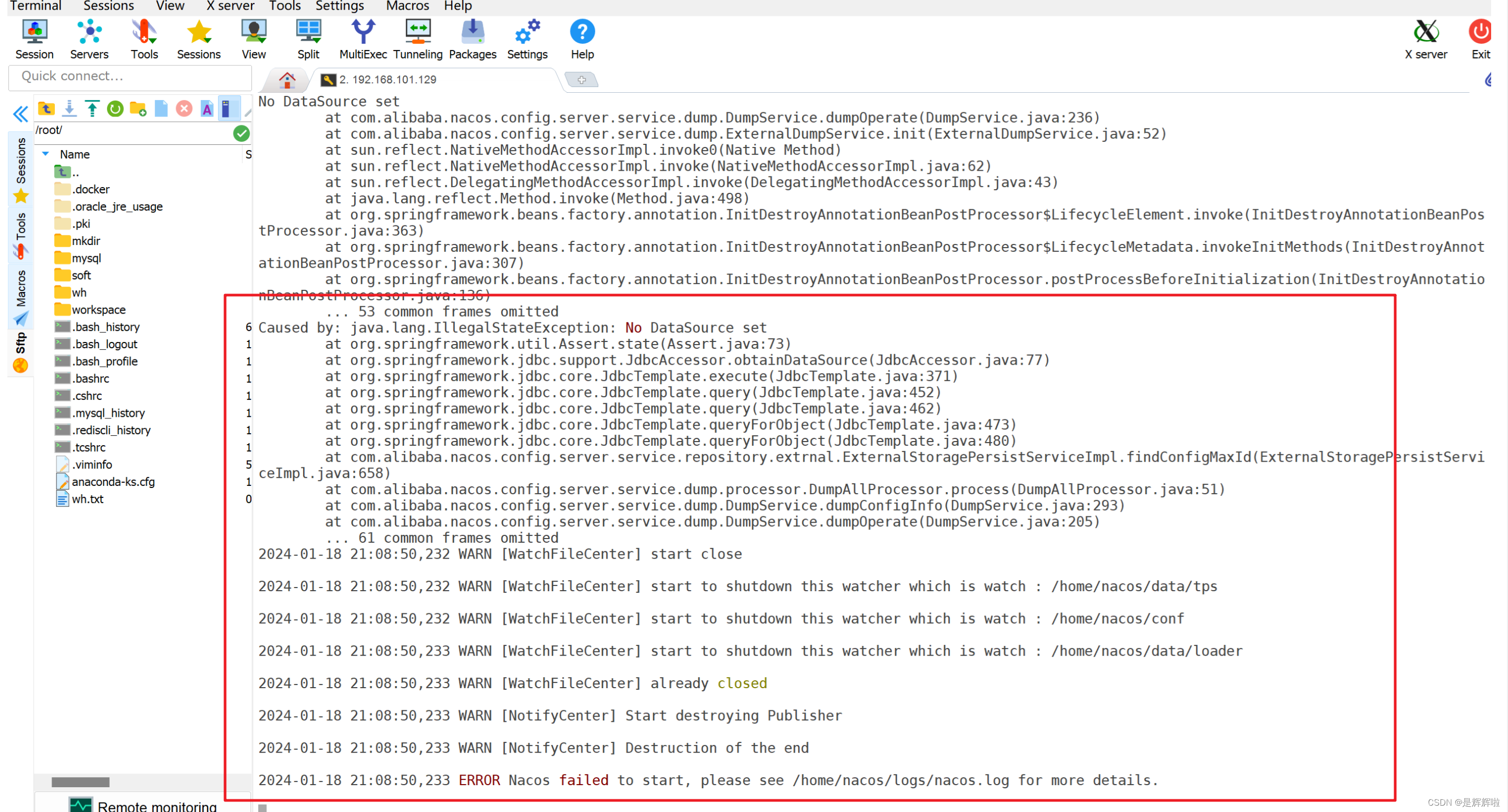
总之就是学习吧~
Introduction
Without knowing something about differential equations and methods of solving them, it is difficult to appreciate the history of this important branch of mathematics. Further, the development of differential equations is intimately interwoven with the general development of mathematics and cannot be separated from it. Nevertheless, to provide some historical perspective, we indicate here some of the major trends in the history of the subject and identify the most prominent early contributors. The rest of the historical background in this section focuses on the earliest contributors from the seventeenth century. The story continues at the end of Section 1.2 with an overview of the contributions of Euler and other eighteenth-century (and early-nineteenthcentury) mathematicians. More recent advances, including the use of computers and othertechnologies, are summarized at the end of Section 1.3. Additional historical information is contained in footnotes scattered throughout the book and in the references listed at the end of the chapter
批注:就是三个阶段,下面会看到
Newton, Leibniz, and the Bernoullis
Newton identified three forms of first-order differential equations
,
,
.For the latter equation, he developed a method of solution using infinite series when f(x,y) is a polynominal in x and y. ...
Leibniz discovered the method of separation of variables (Section 2.2) in 1691, the reduction of homogeneous equations to separable ones (Section 2.2, Problem 29) in 1691, and the procedure for solving first-order liniear equations(Section 2.1) IN 1694. ...
The Beernoulli brothers solved a number of problems in mechanics by formulating them as differential equations. For example, Jakob Bernoulli solved the differential equations
(see Problem 9 in Section 2.2) in 1690 and, in the same paper, first used the term "integral" in the modern sense. In 1694 Johann Bernoulli was able to solve the equation
(see Problem 10 in Section 2.2). One problem that both brothers solved, and that led to much friction between them, wasthe brachistochrone problem.
Euler, Lagrange, and Laplace
Of particular interest here is Euler’s formulation of problems in mechanics in mathematical language and his development of methods of solving these mathematical problems. Lagrange said of Euler’s work in mechanics, “The first great work in which analysis is applied to the science of movement.” Among other things, Euler identified the condition for exactness of first-order differential equations (Section 2.6) in 1734–1735, developed the theory of integrating factors (Section 2.6) in the same paper, and gave the general solution of homogeneous linear differential equations with constant coefficients (Sections 3.1, 3.3, 3.4, and 4.2) in 1743. He extended the latter results to nonhomogeneous differential equations in 1750–1751. Beginning about 1750, Euler made frequent use of power series (Chapter 5) in solving differential equations. He also proposed a numerical procedure (Sections 2.7 and 8.1) in 1768–1769, made important contributions in partial differential equations, and gave the first systematic treatment of the calculus of variations.
With respect to elementary differential equations, Lagrange showed in 1762–1765 that the general solution of a homogeneous nth order linear differential equation is a linear combination of n independent solutions (Sections 3.2 and 4.1). Later, in 1774–1775, he offered a complete development of the method of variation of parameters (Sections 3.6 and 4.4). Lagrange is also known for fundamental work in partial differential equations and the calculus of variations.
Laplace’s equation is fundamental in many branches of mathematical physics, and Laplace studied it extensively in connection with gravitational attraction. The Laplace transform (Chapter 6) is also named for him, although its usefulness in solving differential equations was not recognized until much later.
By the end of the eighteenth century many elementary methods of solving ordinary differential equations had been discovered. In the nineteenth century interest turned more toward the investigation of theoretical questions of existence and uniqueness and to the development of less elementary methods such as those based on power series expansions (see Chapter 5). These methods find their natural setting in the complex plane. Consequently, they benefitted from, and to some extent stimulated, the more or less simultaneous development of the theory of complex analytic functions. Partial differential equations also began to be studied intensively, as their crucial role in mathematical physics became clear. In this connection a number of functions, arising as solutions of certain ordinary differential equations, occurred repeatedly and were studied exhaustively. Known collectively as higher transcendental functions, many of them are associated with the names of mathematicians, including Bessel (Section 5.7), Legendre (Section 5.3), Hermite (Section 5.2), Chebyshev (Section 5.3), Hankel, and many others.
Recent and Ongoing Advances
The numerous differential equations that resisted solution by analytical means led to the investigation of methods of numerical approximation (see Chapter 8).
Another characteristic of modern differential equations is the creation of geometric or topological methods, especially for nonlinear equations. The goal is to understand at least the qualitative behavior of solutions from a geometrical, as well as from an analytical, point of view. If more detailed information is needed, it can usually be obtained by using numerical approximations. An introduction to geometric methods appears in Chapter 9. We conclude this brief historical review with two examples that illustrate how computational and real-world experiences have motivated important analytical and theoretical discoveries.
In 1834 John Scott Russell (1808–1882), a Scottish civil engineer, was conducting experiments to determine the most efficient design for canal boats when he noticed that “when the boat suddenly stopped” the water being pushed by the boat “accumulated round the prow of the vessel in a state of violent agitation, then suddenly leaving it [the boat] behind, [the water] rolled forward with great velocity, assuming the form of a large solitary elevation, a rounded, smooth and well-defined heap of water.” Many mathematicians did not believe that the solitary traveling waves reported by Russell existed. These objections were silenced when the doctoral dissertation of Dutch mathematician Gustav de Vries (1866–1934) included a nonlinear partial differential equation model for water waves in a shallow canal. Today these equations are known as the Korteweg-de Vries (KdV) equations. Diederik Johannes Korteweg (1848–1941) was de Vries’s thesis advisor. Unknown to either Korteweg or de Vries, their Korteweg-de Vries model appeared as a footnote ten years earlier in French mathematician Joseph Valentin Boussinesq’s (1842–1929) 680-page treatise Essai sur la theorie des eaux courantes ´ . The work of Boussinesq and of Korteweg and deVries remained largely unnoticed until two Americans, physicist Norman J. Zabusky (1929–) and mathematician Martin David Kruskal (1925–2006), used computer simulations to discover, in 1965, that all solutions of the KdV equations eventually consist of a finite set of localized traveling waves. Today, nearly 200 years after Russell’s observations and 50 years after the computational experiments of Zabusky and Kruskal, the study of “solitons” remains an active area of differential equations research. Other early contributors to nonlinear wave propagation include David Hilbert (German, 1862–1943), Richard Courant (German-American, 1888– 1972), and John von Neumann (Hungarian-American, 1903–1957); we will encounter some of these ideas again in Chapter 9.
Computational results were also an essential element in the discovery of “chaos theory.” In 1961, Edward Lorenz (1917–2008), an American mathematician and meteorologist at the Massachusetts Institute of Technology, was developing weather prediction models when he observed different results upon restarting a simulation in the middle of the time period using previously computed results. (Lorenz restarted the computation with three-digit approximate solutions, not the six-digit approximations that were stored in the computer.) In 1976 the Australian mathematician Sir Robert M. May (1938–) introduced and analyzed the logistic map, showing that there are special values of the problem’s parameter where the solutions undergo drastic changes. The common trait that small changes in the problem produce large changes in the solution is one of the defining characteristics of chaos. May’s logistic map is discussed in more detail in Section 2.9. Other classical examples of what we now recognize as “chaos” include the work by French mathematician Henri Poincare (1854–1912) on planetary ´ motion and the studies of turbulent fluid flow by Soviet mathematician Andrey Nikolaevich Kolmogorov (1903–1987), American mathematician Mitchell Feigenbaum (1944–), and many others. In addition to these and other classical examples of chaos, new examples continue to be found.
Solitons and chaos are just two of many examples where computers, and especially computer graphics, have given a new impetus to the study of systems of nonlinear differential equations. Other unexpected phenomena (Section 9.8), such as strange attractors (David Ruelle, Belgium, 1935–) and fractals (Benoit Mandelbrot, Poland, 1924–2010), have been discovered, are being intensively studied, and are leading to important new insights in a variety of applications. Although it is an old subject about which much is known, the study of differential equations in the twenty-first century remains a fertile source of fascinating and important unsolved problems.




